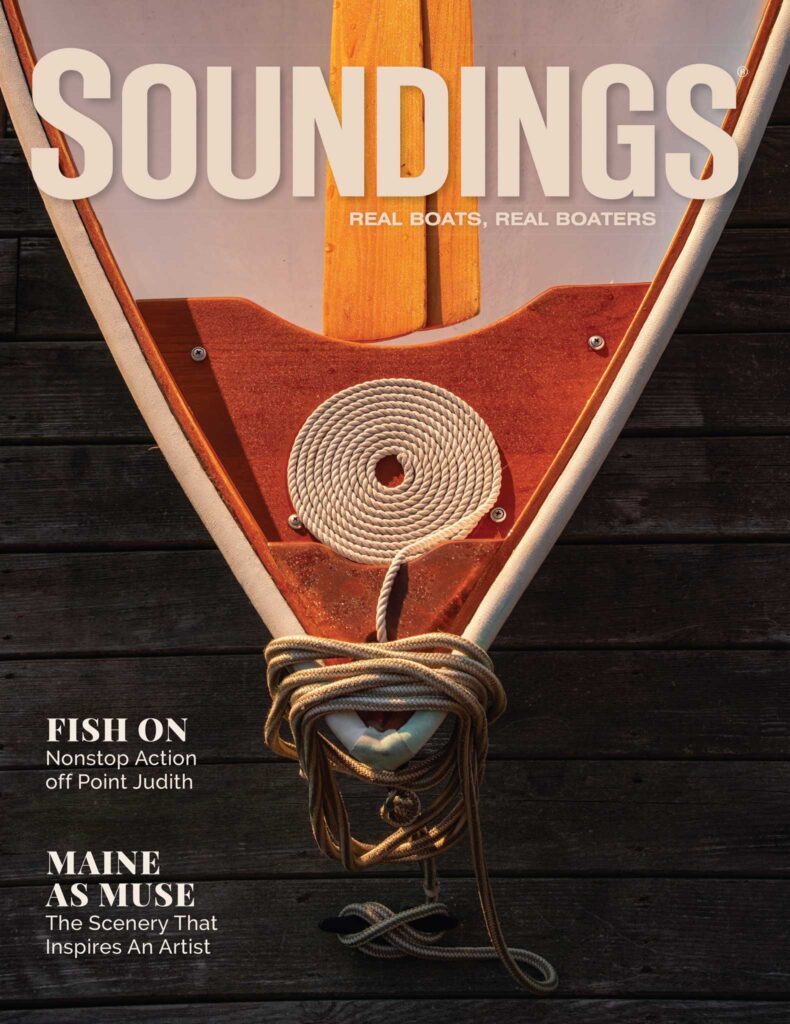• The largest cod ever recorded weighed 211.25 pounds and was caught on a longline off Massachusetts in May 1895.

• On July 22, 1873, Miss Fannie Belis of St. Louis caught a 130-pounder during a fishing excursion aboard the yacht United States off Eastern Point, Mass. A number of cod over 100 pounds were reported in the late 1800s, but few, if any, of that size have been documented in the 20th century.
• The current International Game Fish Association world record for a sport-caught cod is 98 pounds, 12 ounces, taken by Alphonse Bielevich on June 8, 1969, off New Hampshire’s Isles of Shoals.
• Cod, in one place or another, range from the surface down to 1,500 feet or more. Their air bladders can fill with, or release, gas to adjust swimming depth.
• Sea birds have been found in the stomachs of cod. So have pieces of wood, clothing, rope, boots and jewelry, as well as scissors, a brass oil can, corn cobs and the head of a rubber doll.
• It was reported in the 1884 edition of “The Fisheries and Fishery Industries of the United States” that a wedding ring belonging to Pauline Barnum of England, who was lost in the wreck of the steamer Anglo Saxon off Newfoundland in 1861, was found in the entrails of a cod by a fisherman from St. Johns. He returned the ring to Ms. Barnum’s son and was rewarded with 50 pounds sterling for his effort.
• Stones or rocks are often found in the stomachs of cod. It is believed by some that the fish ingest them as ballast in preparation for a migration or in anticipation of rough seas due to a coming storm, but it’s more likely they’re swallowed because of the sea anemones or other edible substances that may have been attached.
• Folks in Iceland stuff cod stomachs with cod liver, boil until tender and eat them like sausages. Yum!
See related articles:
– What happened to the halibut?
– Sport fishing for groundfish
June 2013 issue










